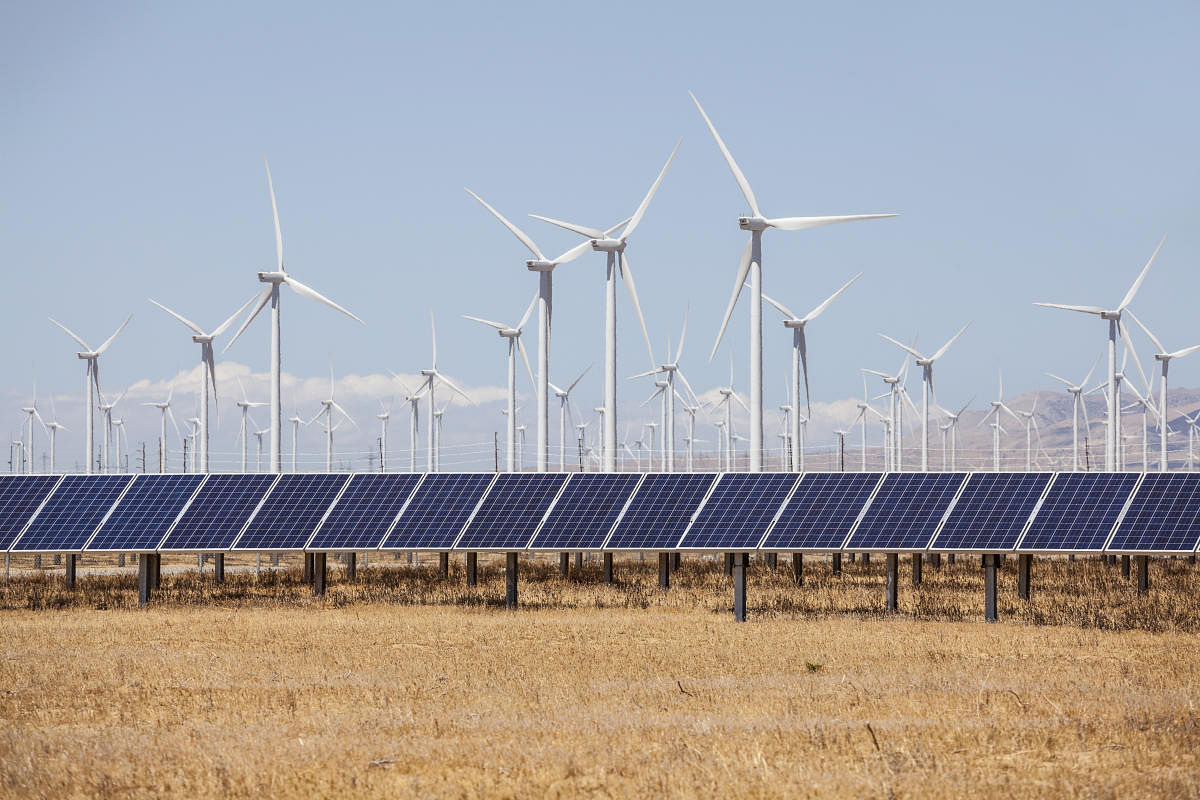
Two wind farms in Karnataka and Gujarat present fresh evidence of how such green energy sources have turned out to be the killing fields for birds.
With an installed capacity of more than 32,000 MW, India is the world's fourth largest producers of wind energy which plans to generate 60 GW by 2022.
But the massive scale-up target may be counter-productive to the birds, particularly the migratory ones and raptors, suggests a new study.
The new evidence comes from two commercial wind farms in Samakhiali region of Kutch in Gujarat and Harapanahalli of Davanagare district of Karnataka.
Indian ornithologists found carcasses of more than 50 birds – including globally threatened Dalmatian pelican and near-threatened painted stork – at the two sites in three years as winged visitors die after colliding with the rotating blades of the wind turbines.
“The numbers would have been more if we were able to do a daily survey. But our survey frequency was once in 40 days. We studied the Kutch unit for three years and Davanagere unit for a year,” Selvaraj Ramesh Kumar, lead researcher from Bombay Natural History Society, Mumbai told DH.
The Kutch region is a stopover site for birds migrating through Central Asian Flyway that makes it a bird-rich area with 174 species of birds.
Spread over an area of 120 sq km area, the Gujarat wind farm comprises about 200 turbines, of which 59 were chosen for the study. On the other hand, Located in Hyarada Block-C Reserved Forests, the Davanagere wind farm has 24 wind turbines spread over an area of 56 sq km, all of which were used in the study.
Carcass surveys were conducted at Samakhiali between October 2011 and July 2014 during which 47 bird carcasses belonging to at least 11 species were found. In Harapanahalli wind farm, searched were conducted between January 2014 and February 2015 during which seven carcasses from three species were found.
“This also has ecological implications as several birds of prey species (raptors) are killed. Raptors have very low reproduction rates and they sit on top of the food chain in the avian world. So there are consequences for the ecology,” said V Anoop, a researcher at Salim Ali Centre for Ornithology and Natural History, Coimbatore who is a member of the study team.
The ornithologists observe that wind farms must take up bird studies before setting up the wind turbines to find out the suitability of the site.
While scientists abroad carried out several studies on the impact of wind farms on the avian fauna, similar research in the Indian context is few.
The latest study has been published in the May 10 issue of the journal Current Science.
